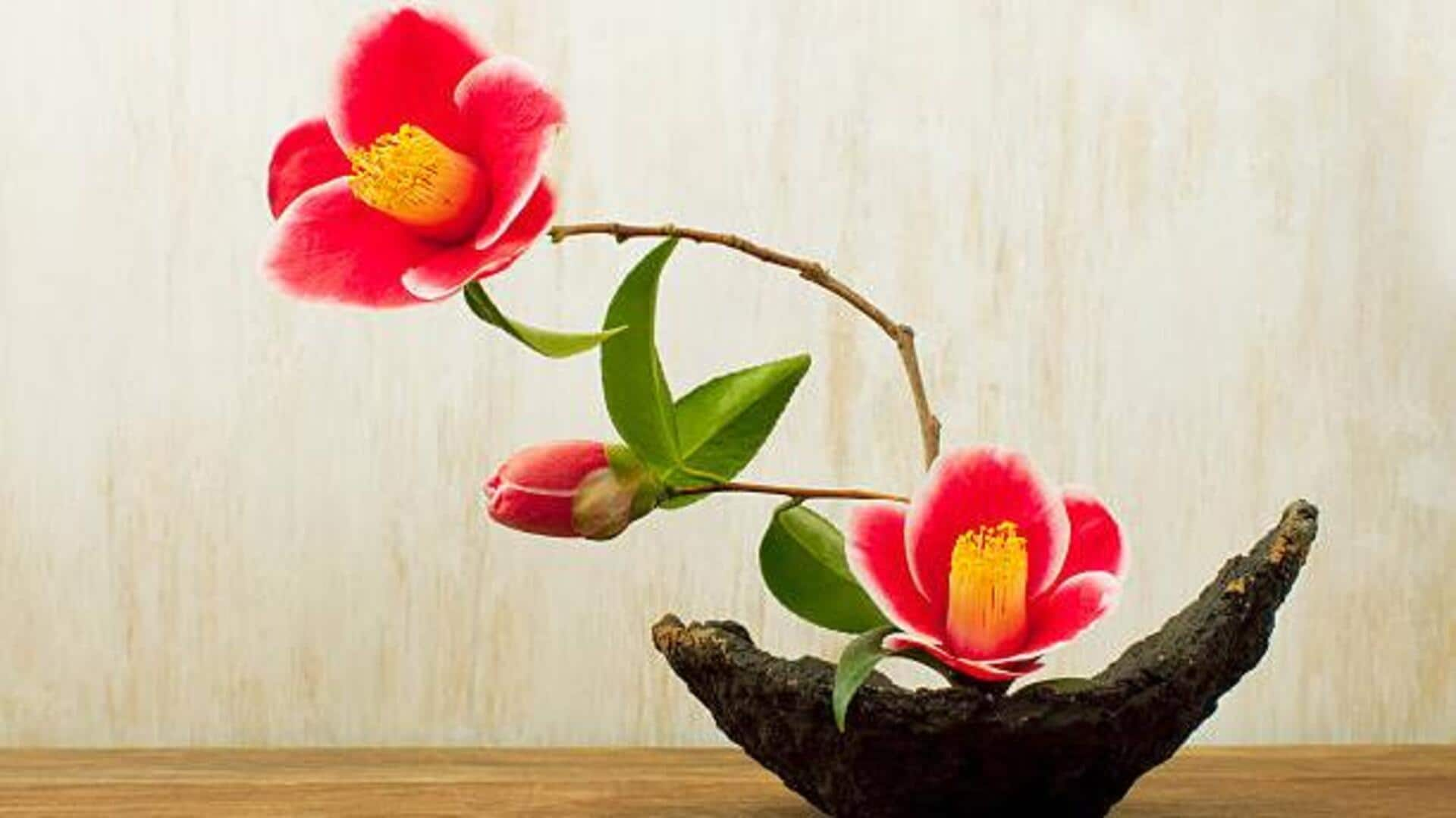
African ikebana: How to master the art
What's the story
African ikebana is a unique art form that combines the principles of Japanese ikebana with African aesthetics. It focuses on the natural beauty and simplicity of desert blooms, creating stunning floral arrangements. This art form uses native plants and flowers to create compositions that reflect the vibrant culture and landscapes of Africa. By incorporating elements of balance, harmony, and minimalism, African ikebana offers a fresh perspective on floral design.
#1
Understanding the principles
African ikebana is based on principles such as balance, harmony, and simplicity. It focuses on using few elements to create a cohesive arrangement that highlights the beauty of each component. The use of negative space is critical to ensure that the eye is drawn to the flowers and plants used. This principle encourages one to appreciate nature's beauty without cluttering it with too many elements.
#2
Choosing desert blooms
Desert blooms are perfect for African ikebana as they are hardy and colorful. Plants like succulents, aloes, and indigenous wildflowers are often used because of their unique shapes and textures. These plants not only survive harsh conditions but also add a distinct character to arrangements. Choosing the right desert bloom is critical to achieving the desired aesthetic effect in an ikebana composition.
#3
Techniques for arrangement
Arranging flowers in African ikebana requires skillful placement that emphasizes natural growth patterns. Techniques include asymmetrical balance, where elements are placed unevenly but still achieve visual stability. Using different heights adds depth to arrangements while maintaining harmony between components. Practicing these techniques helps create dynamic, yet balanced, floral displays.
#4
Cultural significance
The cultural significance of African ikebana goes beyond aesthetics; it also represents themes like unity, respect for nature, and community connection. Each arrangement tells a story or conveys emotions through carefully selected materials and placement techniques. Understanding this cultural context adds depth when creating or appreciating these artistic expressions.